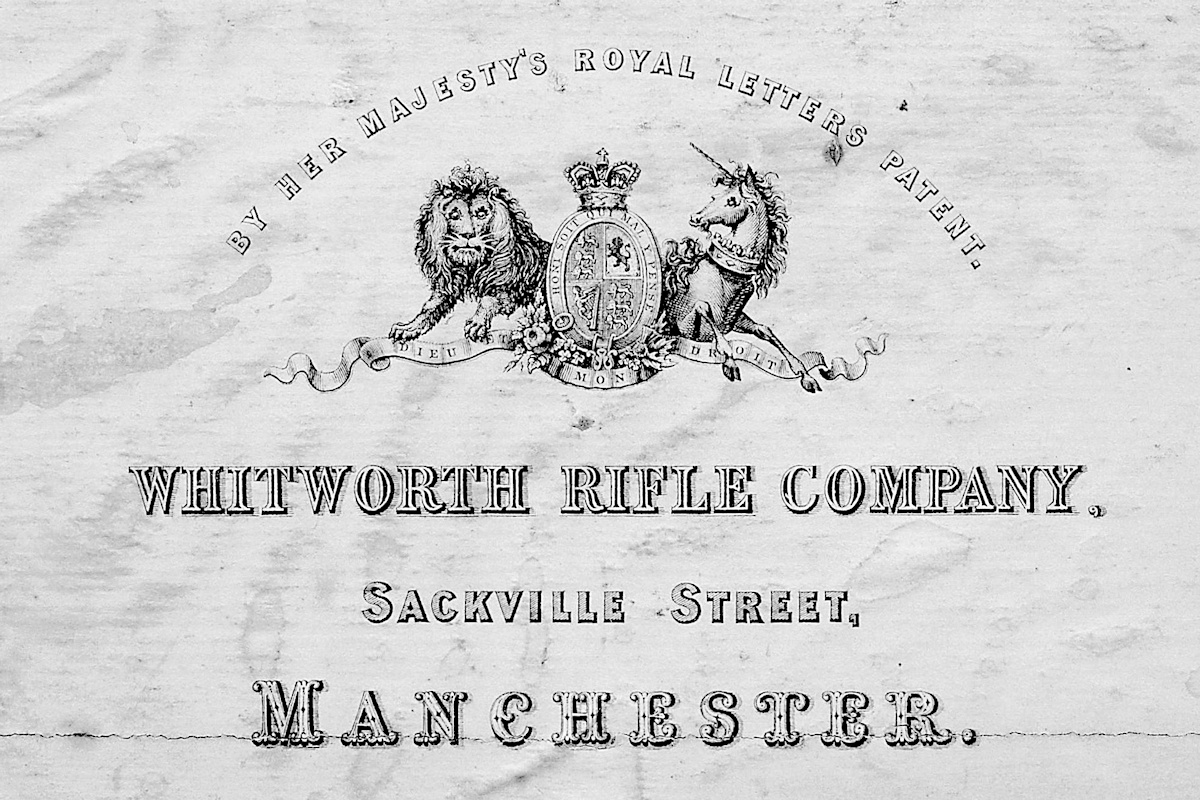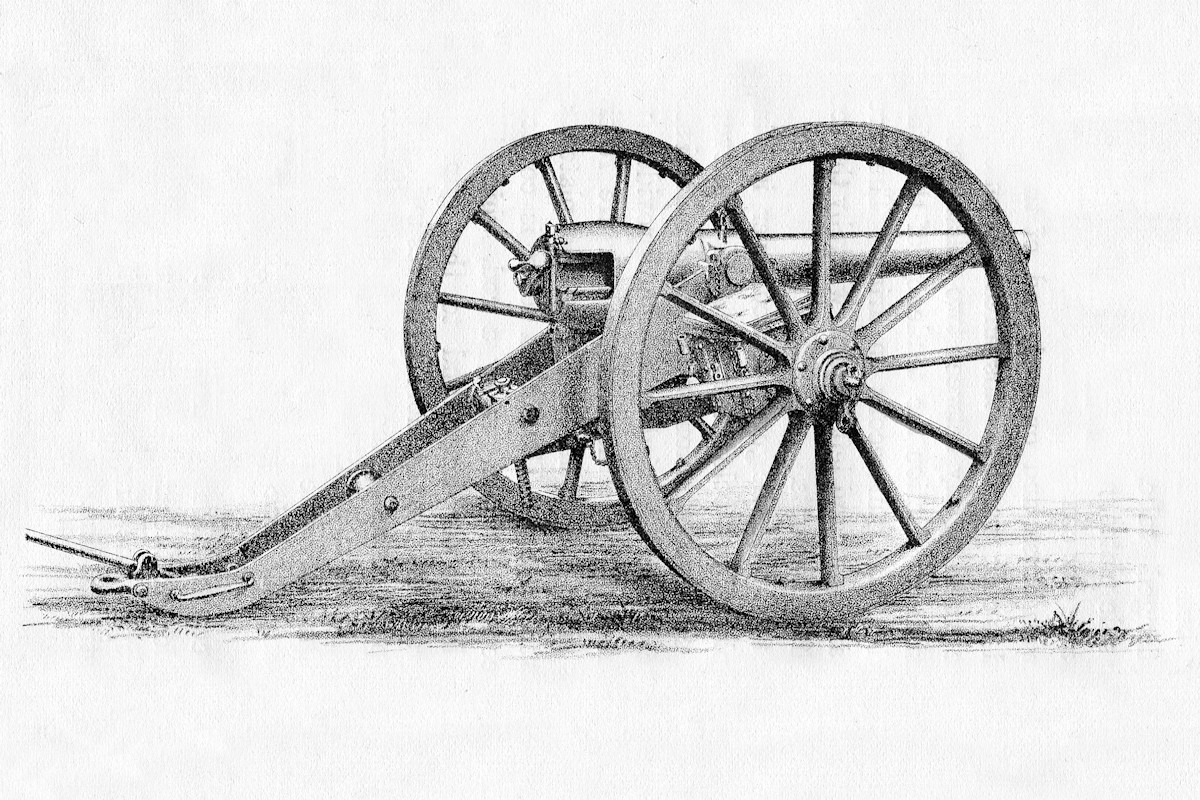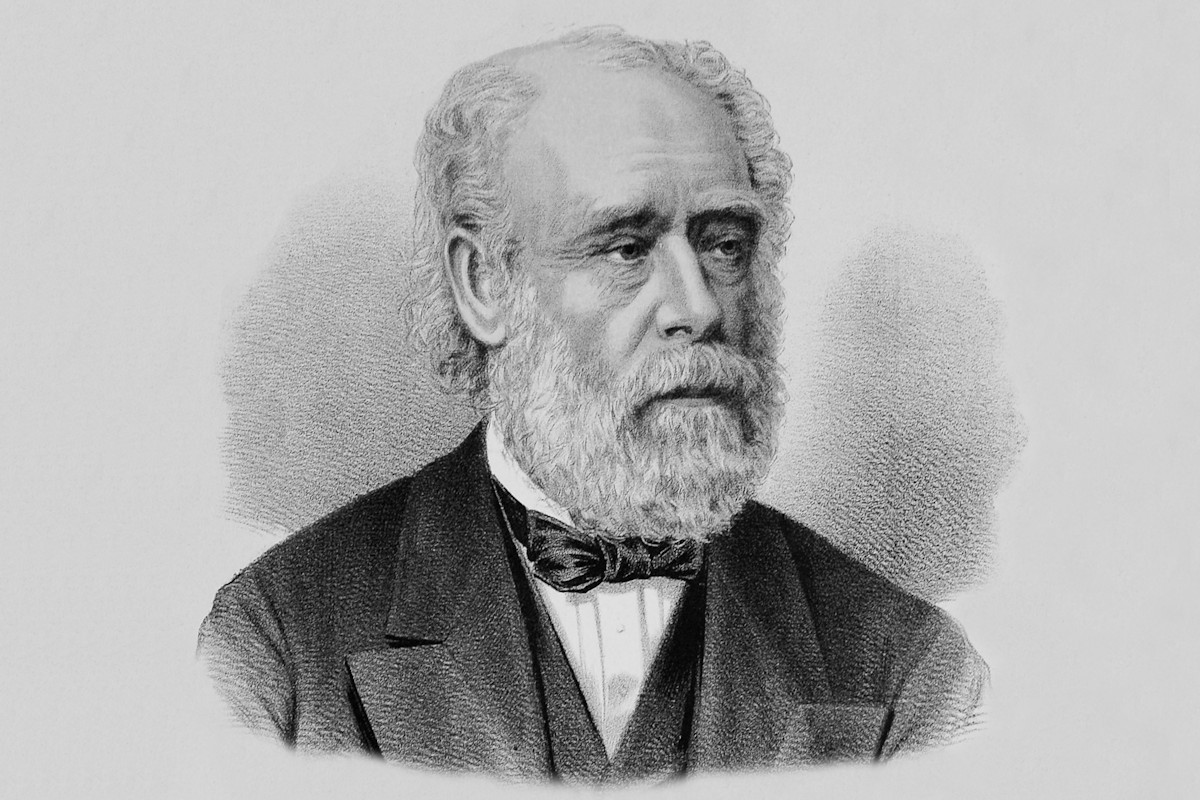Mechanical Engineer > War Department
Mr. Whitworth was now called by the War Department to undertake a series of experiments on the best form of rifle to be used in the army. These experiments, which were the most valuable and exhaustive of their kind, led him to adopt a rifle with a very small six-sided bore, the corners of which were rounded, a very quick twist of rifling and a steel barrel. With this rifle he obtained the lowest trajectory, and the greatest penetration with the smallest quantity of powder consumed, and he presented it to the government, charging nothing for his labor. The government did not, for various reasons, accept his rifle, and he then proceeded to apply the same principle to artillery. Again he was able to prove that the principles he had applied to the manufacture of rifles was a right one for artillery, but the government would not accept his artillery, and he would allow no alteration in his designs, and the guns of Sir William Armstrong were adopted.
It was during his experiments on rifles that he was led to manufacture steel. He very soon found that iron could not be depended upon for his barrels, and he found so much variation in steel from the makers that he determined to investigate it, and built a small steel works where he could carefully test, under his own eye, the steel best suited for his work. He adopted a mode of testing his samples which was all his own. His samples were cylinders, some four inches long, bored and turned to gauge, a measured quantity of powder was placed within them, the ends were secured in a hydraulic press, and the powder discharged by electricity, and this process was continued till the sample burst.
His experiments on steel led him to adopt a system of casting steel under compression, which he patented, and to the improvement of which he devoted the last years of his life, and from which he expected the greatest results. So satisfied was he of the value of this invention, that, when approaching his eightieth year, he determined to build large new steel works outside the city of Manchester, using for that purpose a large sum of money he had obtained from the sale of his old works in Manchester, which, being in the center of the city, had become very valuable.
At the last great exhibition in Paris there were some samples of steel forgings, the like of which had never before been seen. They consisted of a heavy intermediate shaft for a screw propeller, and two liners for the steam cylinders of a steamship. The shaft was cast hollow, and was partly turned to show how beautifully true it had been forged, and there appeared to be literally nothing required to be turned from it. So it was with the liners. These were not from the great forges of Yorkshire, or from the great steel works of Krupp; they were the work of an old, infirm man close on to eighty years of age, who knew nothing about forging till over sixty, but who, when young, commenced by making everything he did as near perfect as it was possible, and who leaves as his monument the most perfect, the most novel forgings ever produced.
Mr. Whitworth deeply felt the want of a good education, and many years ago he gave the sum of £100,000 to provide a fund for the mechanical training of likely young men. For this he received from the government a baronetcy, but he left no sons to succeed him in his title. He died as he lived, working and toiling to the last. My acquaintance with him goes back for some thirty years, when I served within him as a member of the Council of the Institution of Mechanical Engineers at Birmingham, and was continued up to some five years ago, until my coming to this country. I esteemed him highly, and think he was the greatest mechanic of our day.


